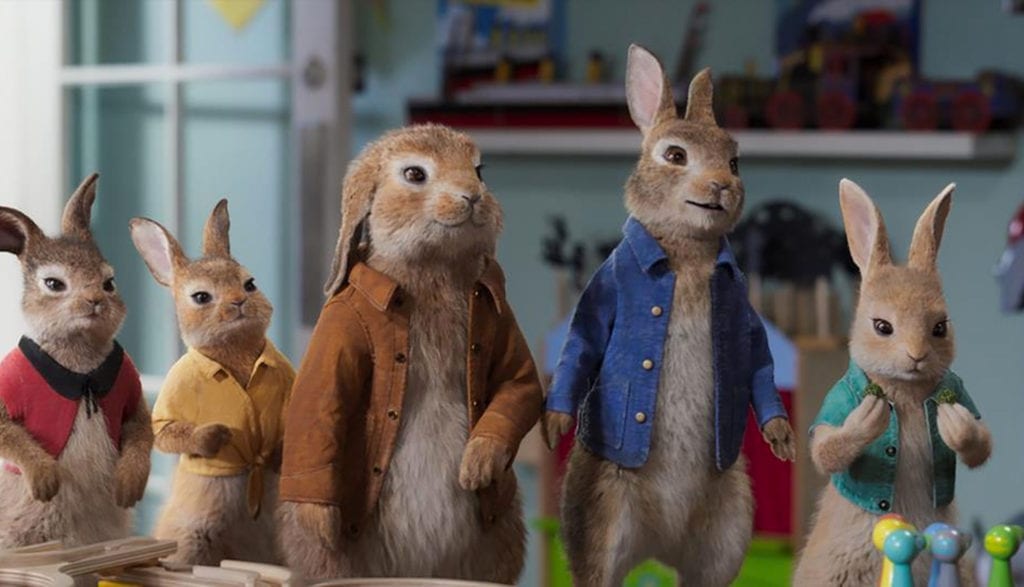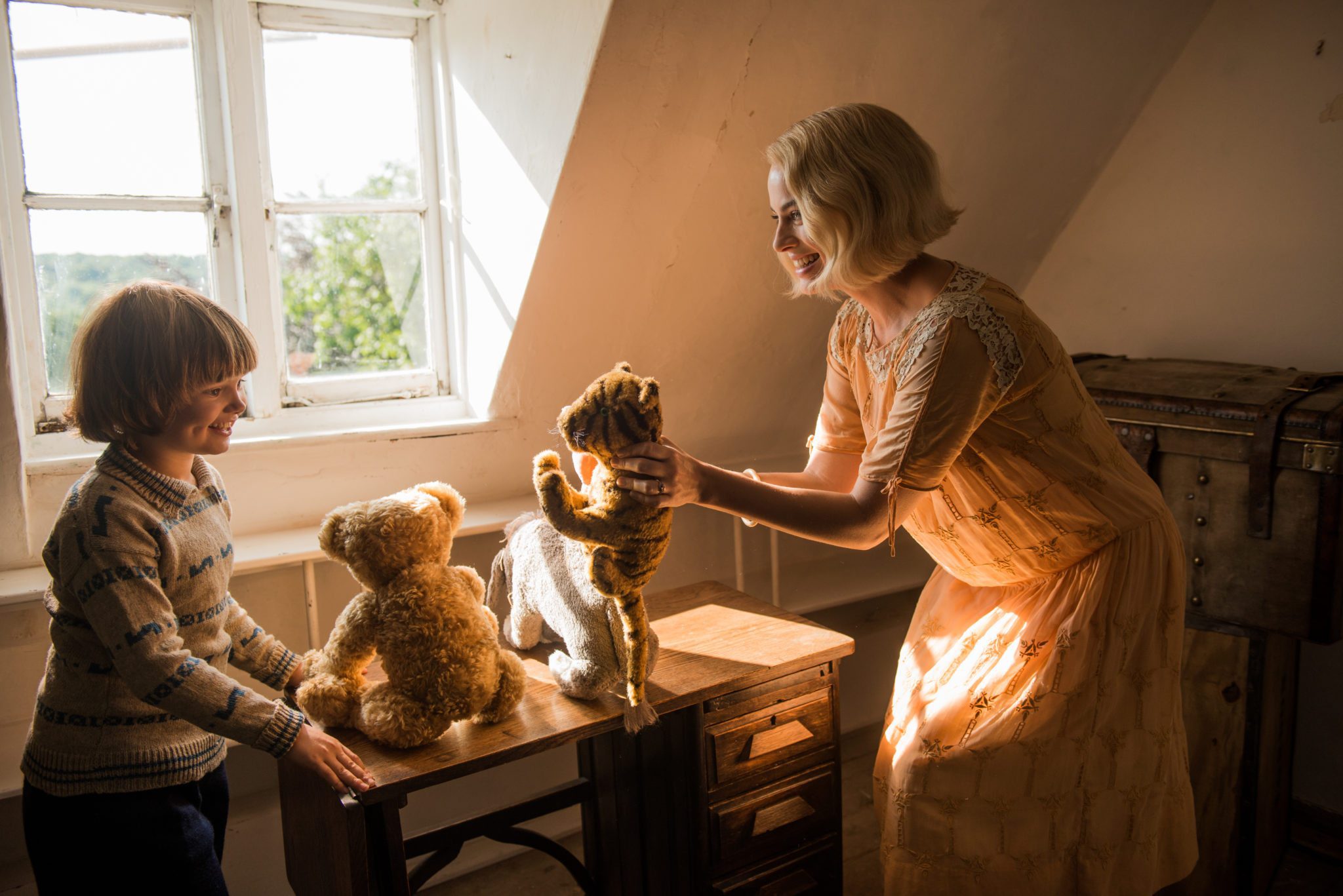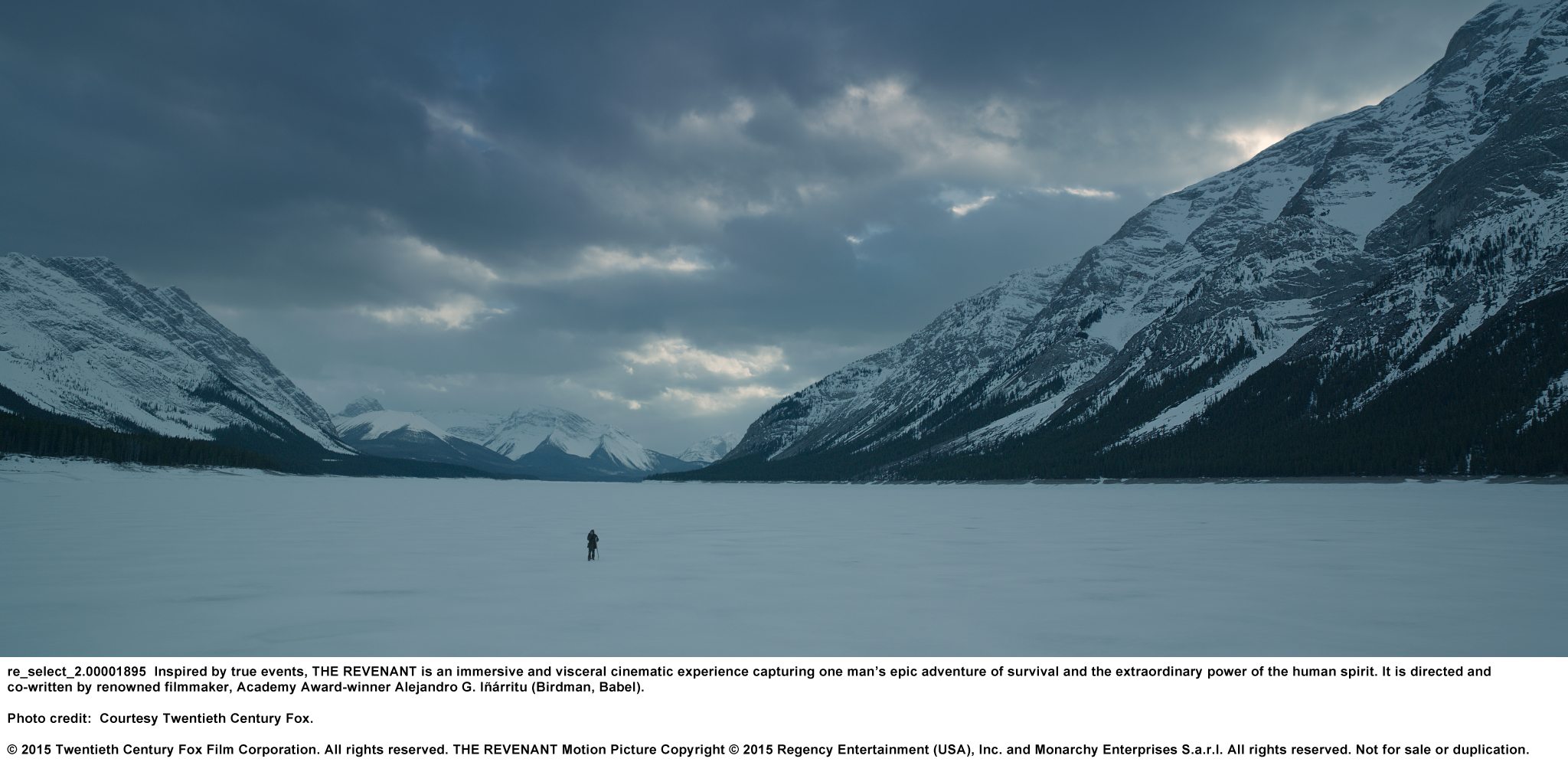
Peter Rabbit 2: The Runaway – Tell Me Who I Am
Growing up can be difficult enough without people telling you who they think you are. Written and directed by Will Gluck (Easy A),?Peter Rabbit 2: The Runaway?is an enjoyable romp through the English countryside and city that never loses its heart. Balancing the outlandishly silly and simple charm, Gluck has created a sequel worthy of…


